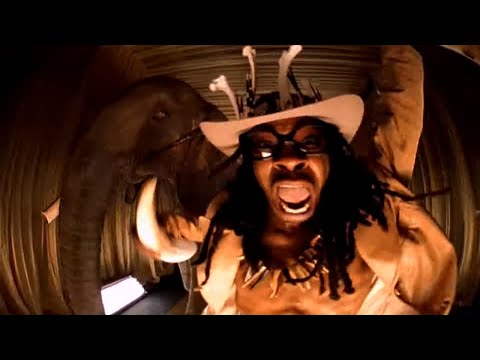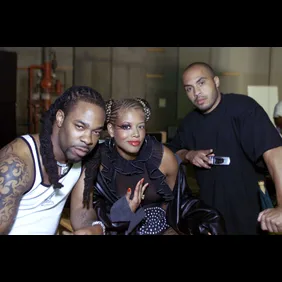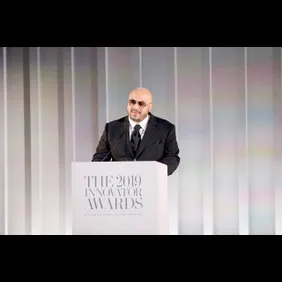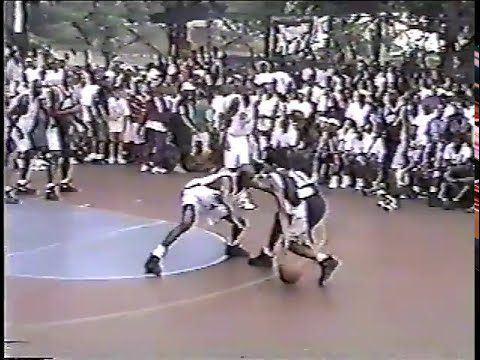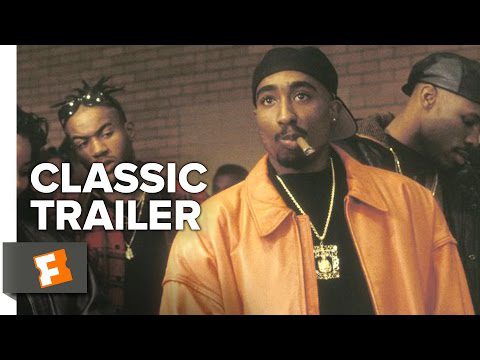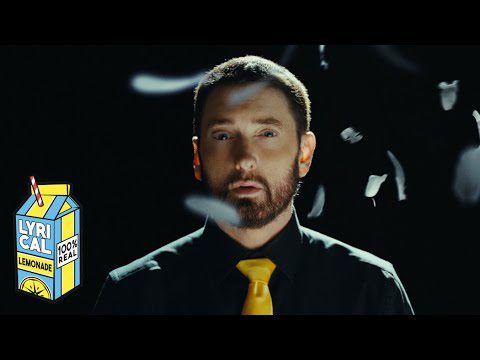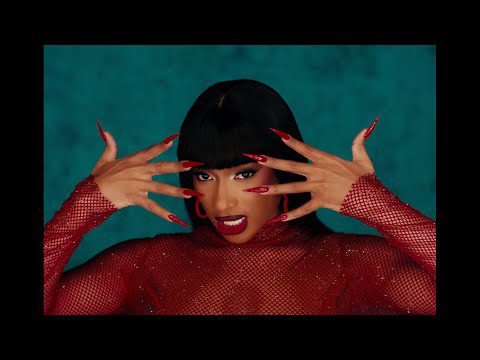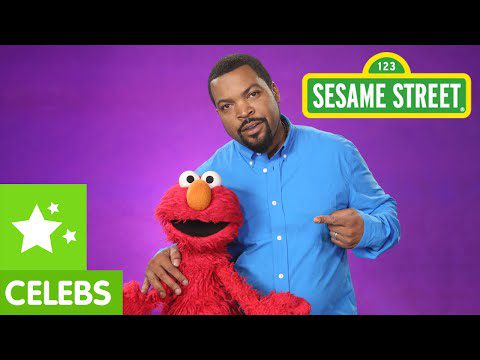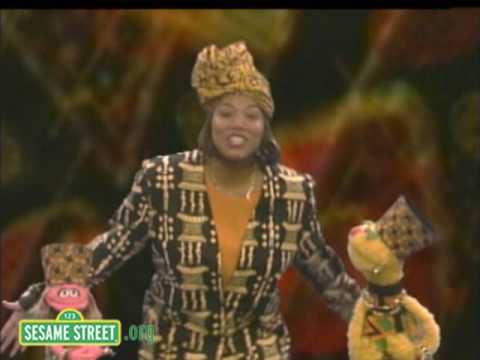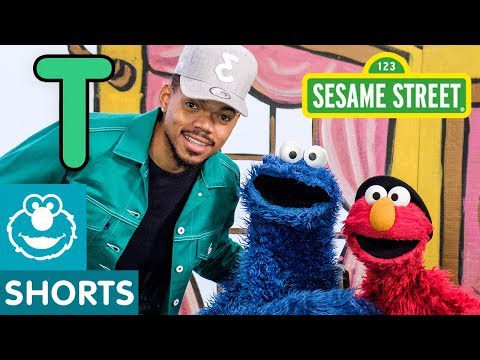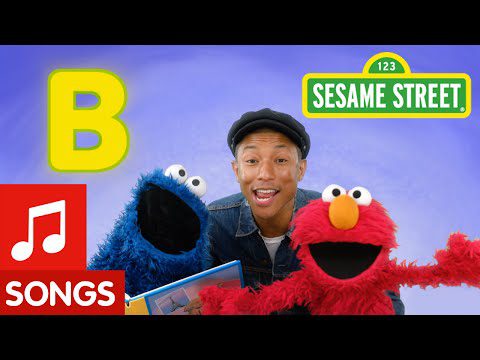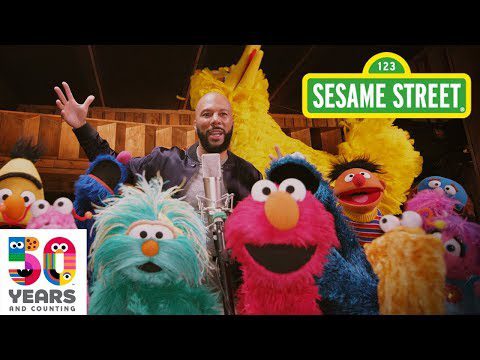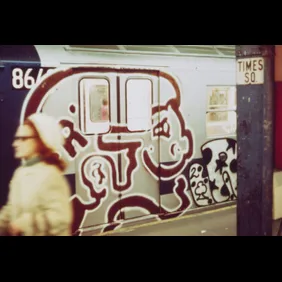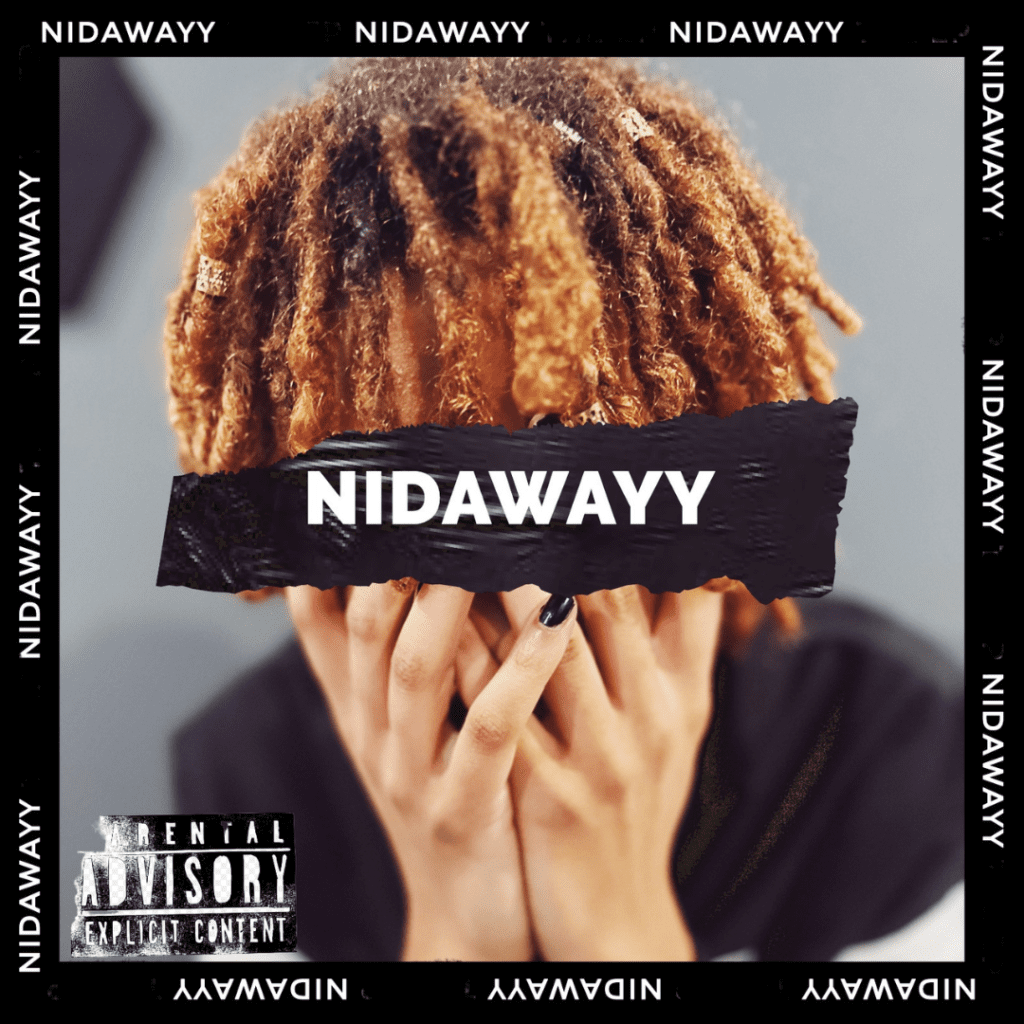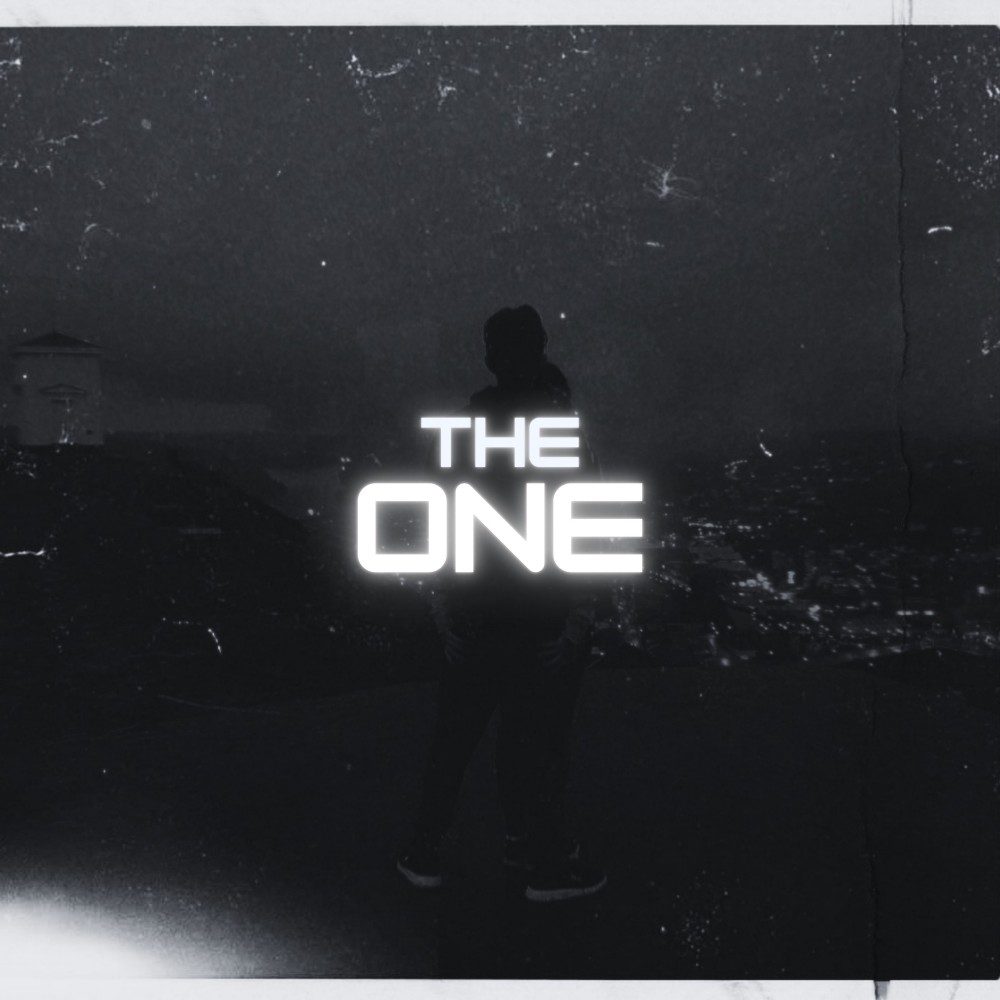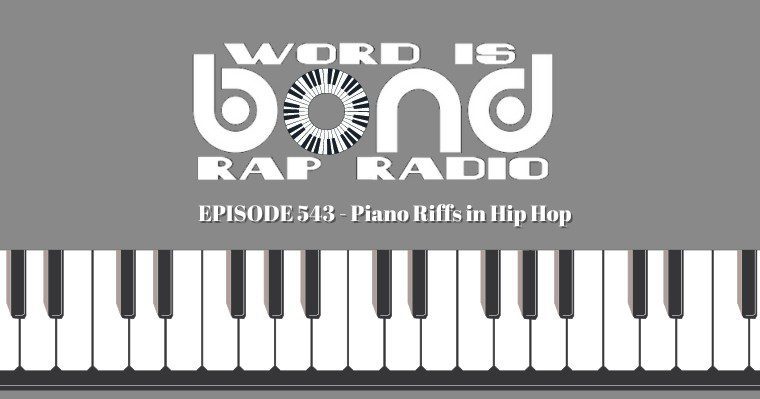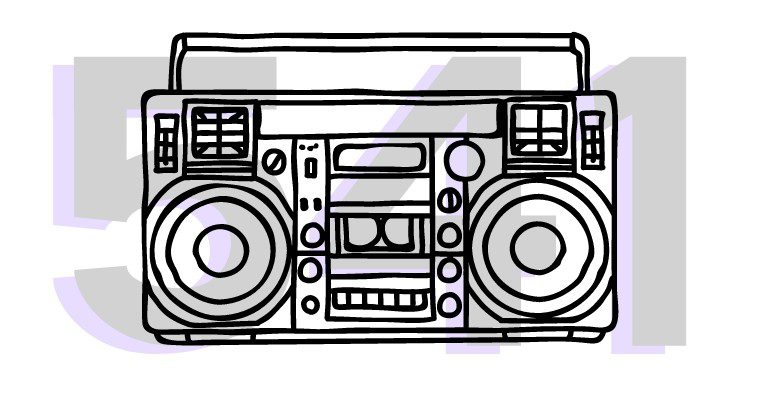Right before social media and streaming platforms became a thing, Hype Williams was the maestro of experimental filmmaking in music, leaving an indelible mark in the industry since the 1990s. From his groundbreaking video in 1994 with Wu-Tang Clan’s “Can It Be All So Simple” to Kanye West’s mesmerizing “Gold Digger” and Beyoncé’s “Drunk in Love,” Hype Williams has set the bar high for what a truly impressive music video should be.
Old and contemporary hip-hop fans will always remember how he shaped hip-hop over time with his limitless creativity and unmatchable originality. Let’s explore eleven Hype Williams videos that remain evergreen, regardless of how long they’ve been on our screens.
Read More: Megan Thee Stallion Brings Hype Williams On Board For “Fever: Thee Movie”
11. Busta Rhymes – “Put Your Hands Where My Eyes Can See” (1997)
Busta Rhyme’s “Put Your Hands Where My Eyes Can See” remains one of the most iconic and innovative Hype Williams videos ever. In an interview with XXL, Busta Rhyme expressed dissatisfaction with the lack of color and originality in the music videos of that time. So, he teamed up with Hype Williams to create this masterpiece, incorporating all the elements he thought music videos lacked.
Inspired by the movie Coming to America, “Put Your Hands Where My Eyes Can See” is full of color, creativity, and Africanness, making it forever timeless. The video made its debut on MTV in mid-August 1997, gaining widespread attention on both MTV and BET networks. Even now, 27 years later, the video still gets much attention on YouTube, with over 45 million views and viewers applauding its timeless creativity.
10. Jay-Z – “Big Pimpin” Ft. UGK (1999)
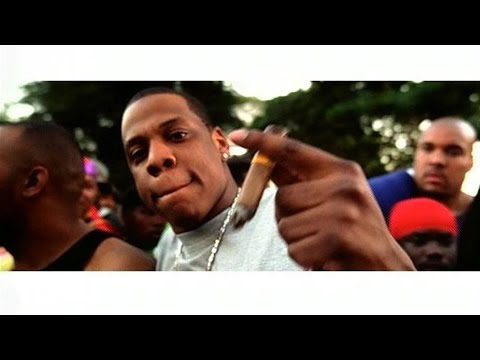
Jay-Z and Hype Williams collaborated multiple times to great effect. Hence, it is no wonder why Jay-Z is always effusive in his praise for Williams. The duo combined for a great music video for Jay-Z’s hit song, “Big Pimpin” ft. UGK. “Big Pimpin” was released as the third and final single from Jay-Z’s fourth studio album Vol.3… Life and Times of S. Carter (1999). Although the track was already a hit, Hype Williams took it to a whole new level by visually bringing the lyrics to life with his creativity. According to Williams, the song instantly transported the listener to Carnival, and he wanted the world to experience that visual with him. The video was shot in Trinidad during Carnival, though only Jay and Bun B appeared together. Apparently, Pimp C didn’t want to fly out, so he filmed his portion of the video in Miami Beach.
Read More: Jay-Z Commends Nas For “Belly,” Claims He Never Had The Desire To Act
9. Missy Elliott – “She’s A Bitch” (1999)
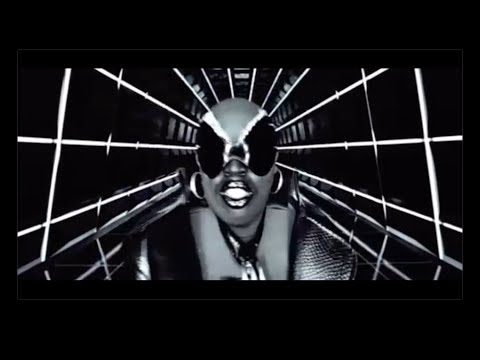
“She’s a Bitch” stands tall as proof of the limitless creativity that exists between these two titans in the industry — Hype Williams and Missy Elliott. The Williams-directed video officially dropped on May 1, 1999. He adopted various cutting-edge special effects and stunning customs and set to make the video truly unique. This collaboration raised the bar for other videos with its electroluminescent stage designs and innovative backdrops.
8. Beyoncé – “Drunk In Love” (2013)

Filmed at the most exclusive Golden Beach, Florida, this outstanding video features Beyoncé dancing sensually on the sandy shores while waves crash around her. Jay-Z appears, rapping beside her and holding a glass of D’usse. This captivating scene, directed by Hype Williams, received awards for Video of the Year and clinched the Best Collaboration award at the 2014 MTV Video Music Awards.
7. The Notorious B.I.G – “Mo Money, Mo Problems” (1997)

“Mo Money, Mo Problems” featured Mase and Combs in locations designed by Ron Norsworthy. Some of the video’s incredible aspects were the fluorescent lamps and stark white chamber. The video is quite popular for the red shiny jackets worn by Combs and Mase, which helped usher the “Shiny Suit Era” in hip-hop.
6. Kanye West – “Diamonds From Sierra Leone” (2005)

In “Diamonds From Sierra Leone,” Hype Williams uses a powerful visual commentary to tackle the issue of “conflict diamonds.” The video juxtaposed scenes of wealth and funfair with images of poverty and suffering, highlighting the contrast between the luxury often associated with diamonds and the harsh reality of their origins. In the video, Kanye delivered his lyrics intensely and convincingly. The video’s dark, moody aesthetic adds to its impact, captivating viewers and emphasizing the video’s theme. Overall, the “Diamonds From Sierra Leone” music video is a thought-provoking and visually striking piece that effectively displays Kanye’s message and Hype William’s creative prowess.
5. Kanye West – “Gold Digger” Ft. Jamie Foxx (2005)
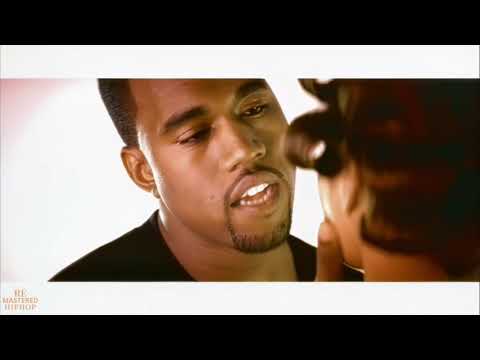
Kanye West’s “Gold Digger” is one of his most massive hits ever, revealing his vibrant personality and groove. The song featured catchy instrumentals and told the tale of a woman who valued him only for his material possessions. Hence, a music video for such a song should be an interesting watch, and Hype Williams ensured that was the case. The video was Kanye’s first attempt to feature signees to his record label — G.O.O.D MUSIC. It received great reviews and is widely considered one of Kanye’s best music videos.
4. Ne-Yo – “So Sick” (2006)
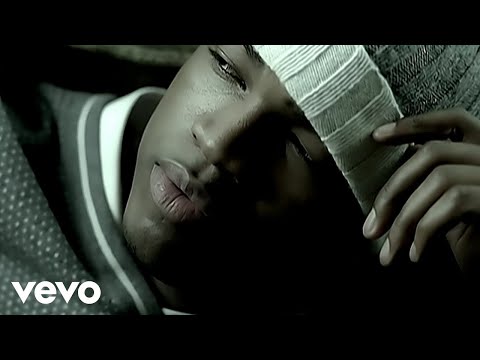
“So Sick” is one of Ne-Yo’s biggest hits due to its regular rotations on BET and MTV. The song’s music video was shot in the snow and a mansion. To capture the song’s emotions more, Hype Williams directed Ne-Yo to sing his heart out, creating heart-wrenching scenes. The video topped both the Billboard Hot 100 and the U.K. charts and currently has over 355 million views on YouTube.
3. Missy Elliot – “The Rain (Supa Dupa Fly)” (1997)
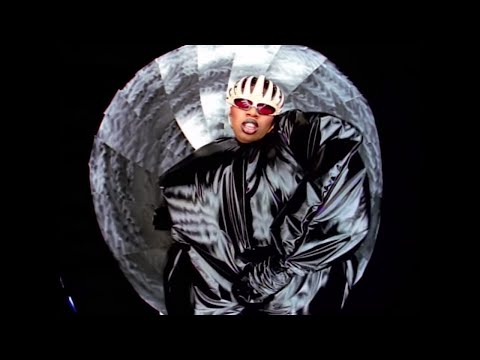
Undoubtedly one of the Greatest Hip-Hop Music Videos of All Time, Missy Elliott delivered the incredibly iconic music video for “The Rain (Supa Dupa Fly)” in 1997. The most famous aspect of the video is the patent leather blow-u suit, which resembles a bloated trash bag. The 1990s videos often featured scantily dressed women, but Missy Elliot took a different turn with her hilariously inflated trashy-like outfit.
2. Dr. Dre and Tupac Shakur – “California Love” (1995)

Jada Pinkett Smith, Shakur’s long-term friend, initially created the video concept for “California Love.” Her concept was inspired by the 1985 film Mad Max Beyond Thunderdome. Although Jada was supposed to direct the video, she excused herself from the production, allowing Hype Williams to take over. He did so to great effect. The music video dropped in 1995 and won the 1996 MOBO Award for Best Video.
1. TLC – “No Scrubs” (1999)
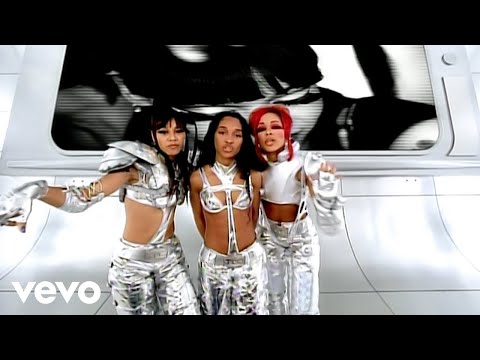
“No Scrubs” was one of TLC’s hardest-hitting songs and remains a classic tune to this day. The music video is similar to Michael Jackson and Janet Jackson’s music video “Scream” and ranked No. 1 on the Rhythmic Top 40 for 15 weeks. This is one of Hype Williams’ videos revealing an Afro-Futuristic, millennium outlook, with the performers wearing silver and blue metallic outfits to mimic the iconic “Scream” video.
Hype Williams: A Legend Yesterday, Today, and Forever
It’s impossible to mention legendary music video producers without Hype Williams. From his debut video to his most recent music video, Williams keeps setting the pace for contemporary music video directors. His creativity and ability to bring the most astounding music videos to life remain unmatched, regardless of how long he has been on the scene. While this isn’t an exhaustive list, these Hype Williams videos give us an insight into his unrivaled creative prowess in hip-hop and the music industry at large.


